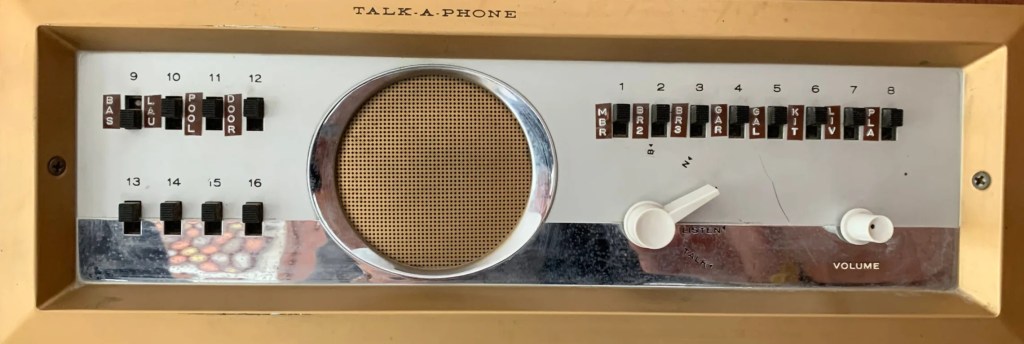Dates are critical in patent prosecution. The right reference can make or break a patent, and thus knowing that the reference is, or is not, prior art is a key concern. With the internet, the realm of prior art is much larger and more easily accessible, leading examiners to utilize even blog posts as prior art references to reject applications.
However, simply because a blog post (that might include troubling disclosure from the applicant’s perspective) purports to have been published on some date does not mean that it actually was. Most blogging software allows the author to manipulate the publication date. This is because of SEO – fresher content can rank higher in search results, and is more likely to receive a click as compared to a search result with an older date. This creates great uncertainty as to whether an internet article that purports to be published on a given date was actually published on that date. Thus, whether or not bloggers might use publication date manipulation to post-date (or re-date) a post to have a newer date, there may also be incentives for pre-dating posts in some cases. Further, sometimes when blogs are transported from one host to another, their dates are accidentally adjusted (forward or backward) depending on how the import is carried out. All this, of course, creates the problem as to whether a blog post’s purported date can be sufficient to establish its publication date for prior art purposes.
Fortunately, one way to attempt to verify publication dates is the Wayback machine. The Wayback machine has been used for some time by examiners (and petitioners in IPRs) as a way to establish prior art dates at the USPTO. But a further problem arises when the Wayback machine can’t find the purported prior art reference at the appropriate time. While that might be because of crawler timing and related crawler limitations, it might also be because the particular document has had its date modified. Sometimes other evidence can be found to verify a date in question, but that requires extra effort for which examiners typically do not have the time (or expertise) to carry out.
Perhaps this is why most examiners still rely on patent literature for making prior art rejections – there is just too much uncertainty that internet documents, even one purporting to have a sufficiently early publication date, are valid references. Nevertheless, some examiners are using internet publications, even blog posts, to reject applications.
Applicants should take care to challenge internet references where appropriate, particularly where the examiner has not established a date with an internet archive like the Wayback machine. Specifically, according to In re Klopfenstein, 380 F.3d 1345 (Fed. Cir. 2004), the burden is on the party attempting to rely on the reference to establish that it qualifies as a printed publication based on several factors. Further, establishing a printed publication requires that the document could have been located by one of ordinary skill in the art using reasonable diligence. SRI Int’l, Inc. v. Internet Sec. Sys., Inc., 511 F.3d 1186 (Fed. Cir. 2008).
In the IPR context, a good example is (IPR 2015-01835), in which slides that were allegedly available on a website were not found in the Wayback machine (even though the page linking to them was). As the PTAB explained in that case (internal citations omitted):
If a user attempts to access the hyperlink, the Wayback Machine displays an error message, whereas other hyperlinks still link to a corresponding presentation. … We again conclude that Petitioner has not met its burden of demonstrating by a preponderance of the evidence that the Stein slides were posted in such a way as to constitute a printed publication.
So, consider challenging examiners that cite internet publications without sufficient evidence to establish them as printed publications as required, particularly when you go to the Wayback machine and receive an error message when trying to locate the particular document or post cited by the examiner.

Leave a comment